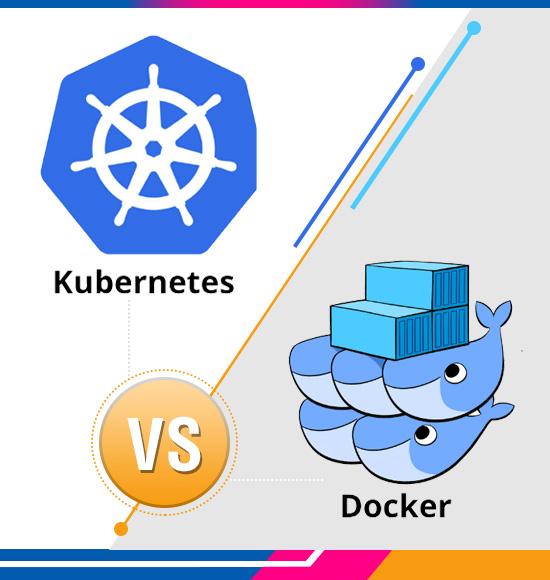Using Cucumber Hooks for Error-Resilient Test Automation: Handling Failed Tests with AfterStep Hook
Introduction to Problem
We have a situation where even a test fails but some block of code must be executed. To handle these kinds of situations, we use cucumber hooks, they are the best choice to handle this.
Cucumber supports only two hooks (Before & After) which work at the start and the end of the test scenario.
There are situations where we need to perform some steps before running any test scenario. This prerequisite can be anything from, starting a webdriver, setting up DB connections, setting up test data, and Setting up browser cookies.
In the same way, there are always after steps as well of the tests like Killing the webdriver, Closing DB connections, Clearing the test data, and Clearing browser cookies.
Implement Hooks in Cucumber Test
Here are the steps to clear the cache from Redis.
Test Hooks with Single Scenario
Feature File:
| Feature: Test Hooks Scenario: This scenario is to test hooks functionality Given this is the first step When this is the second step Then this is the third step |
Step Definitions:
| package stepDefinition; import cucumber.api.java.en.Given; import cucumber.api.java.en.Then; import cucumber.api.java.en.When; public class Hooks_Steps { @Given(“^this is the first step$”) public void This_Is_The_First_Step(){ System.out.println(“This is the first step”); } @When(“^this is the second step$”) public void This_Is_The_Second_Step(){ System.out.println(“This is the second step”); } @Then(“^this is the third step$”) public void This_Is_The_Third_Step(){ System.out.println(“This is the third step”); } } |
Hooks:
| package utilities; import cucumber.api.java.After; import cucumber.api.java.Before; public class Hooks { @Before public void beforeScenario(){ System.out.println(“This will run before the Scenario”); } @After public void afterScenario(){ System.out.println(“This will run after the Scenario”); } } |
Performance Impacts Of Cache Clearing
There is one important consideration when clearing the Redis cache is the potential impact on application performance. Therefore, depending on the size of the cache and the number of keys being cleared, the process can be resource-intensive and may cause a temporary slowdown in application performance.
How To Minimise Performance Impact
To minimize the impact on performance, it is important to follow best practices when clearing the Redis cache. One such practice is to use the FLUSHDB command instead of the FLUSHALL command.
The FLUSHDB command clears only the keys in the selected database, while the FLUSHALL command clears all the keys in all the databases. By using the FLUSHDB command, you can minimize the impact on performance by only clearing the keys that need to be updated.
Another best practice is to perform the cache-clearing operation during off-peak hours when application usage is lower. This can help to minimize the impact on performance and ensure that users are not impacted by slowdowns or other issues.
Additional Tips
In addition to the Before and After hooks, Cucumber also provides a third hook called the AfterStep hook. This hook runs after every step in a scenario, regardless of whether the step passed or failed.
To handle situations where a test fails but a block of code must be executed, we can use the AfterStep hook to perform the required actions.
For example, we may want to take a screenshot of the page or log additional information to help with debugging.
By using the AfterStep hook, we can ensure that these actions are taken regardless of the test outcome.
Here’s an example of how we can implement an AfterStep hook in Cucumber:
| @AfterStep public void afterStep(Scenario scenario) { // Perform actions after each step, regardless of pass/fail status if (scenario.isFailed()) { // Take a screenshot or log additional information } } |
So in this example, the afterStep method is annotated with @AfterStep to indicate that it should be run after every step in the scenario. Hence the Scenario object is passed as a parameter, which we can use to check whether the scenario has failed (scenario.isFailed()) and take appropriate actions.
Conclusion
By using hooks in Cucumber, we can easily handle situations where we need to perform additional actions before or after test scenarios, or after individual steps in a scenario. This makes it a powerful tool for testing complex applications and ensuring that all required steps are executed correctly.




